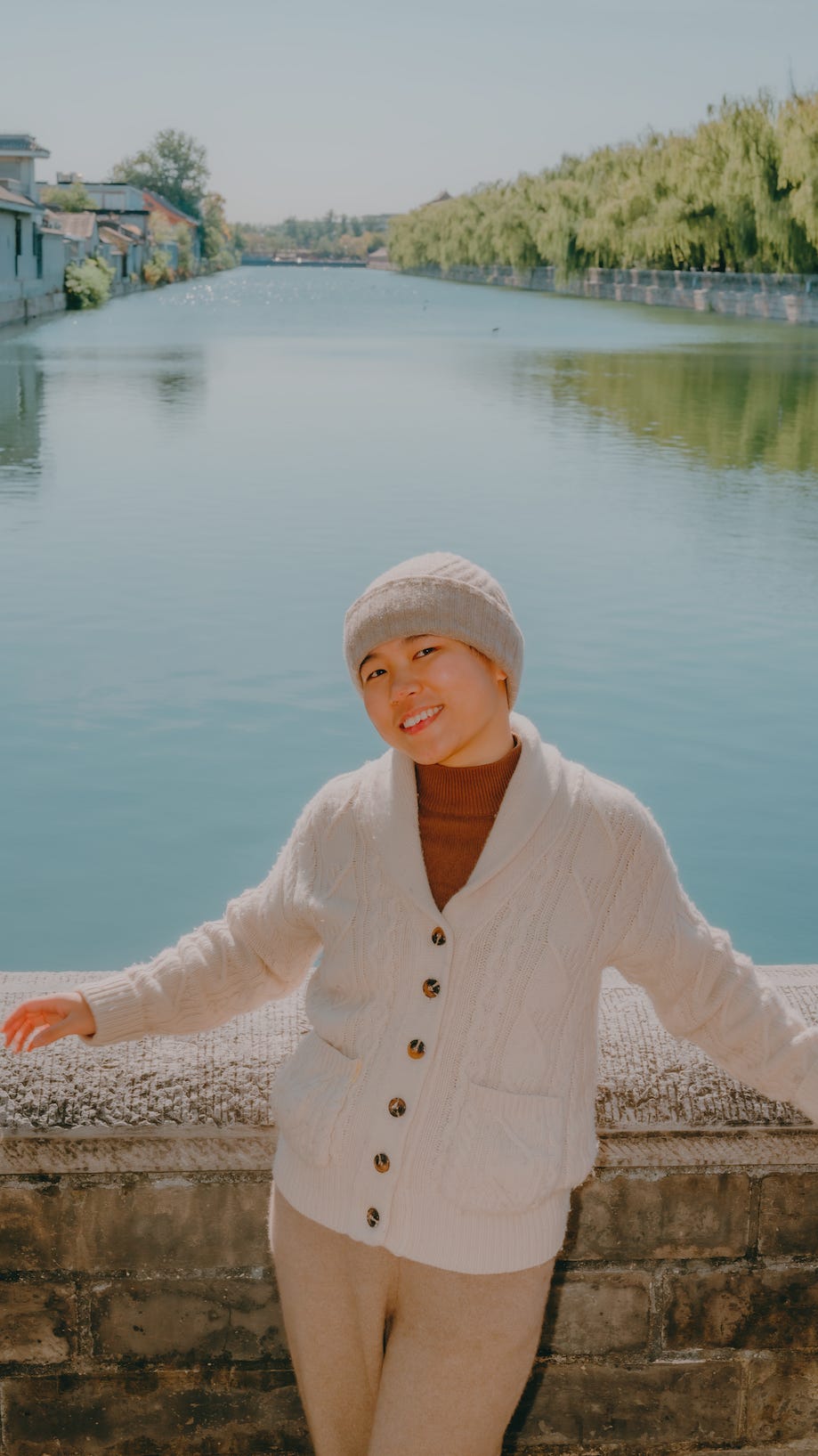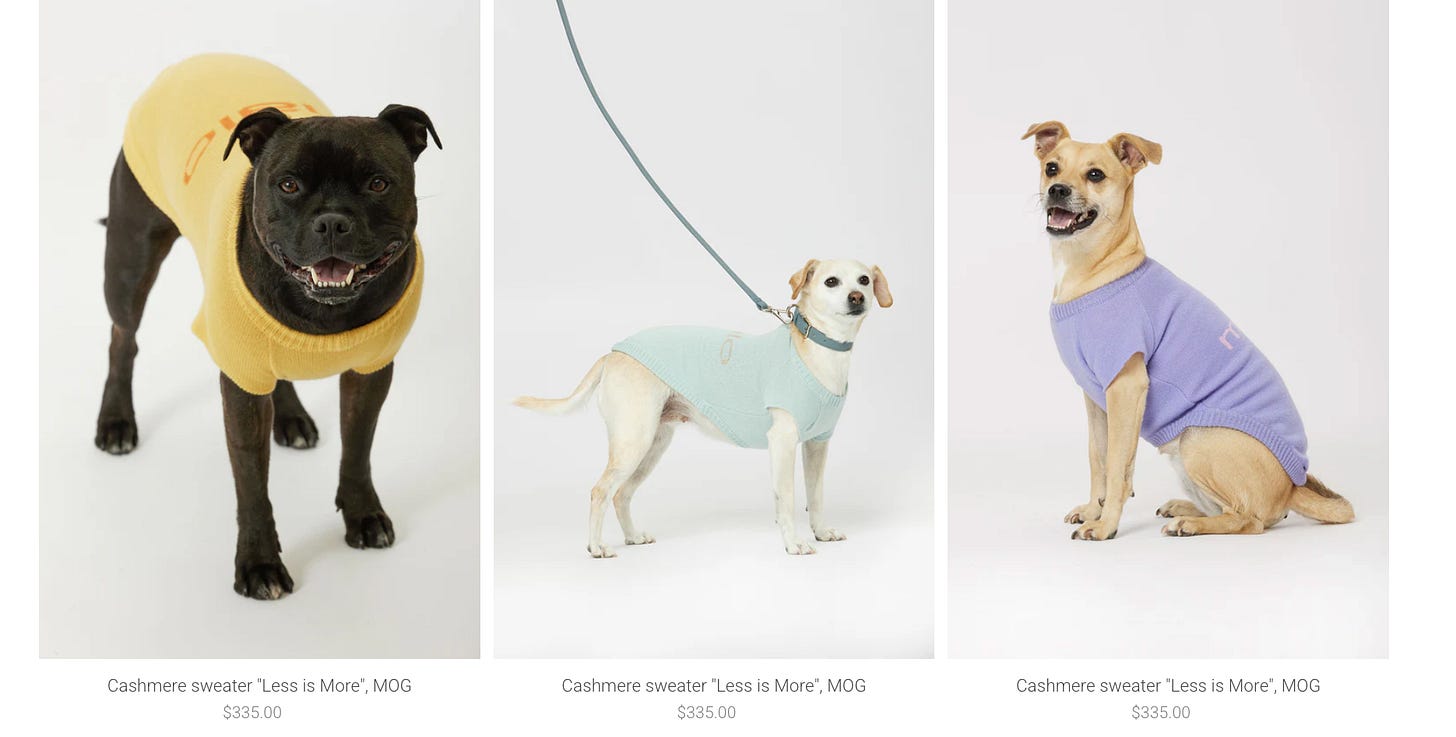Malo | Elegant Florence Cashmere Brand Known for Premium Yarns and High-End Dyeing and Knitting Craftsmanship
Malo is a relatively low-profile ready-to-wear brand in China, known for its understated and basic designs. However, Italian actors and some Hollywood celebrities frequently wear their pieces. The overall style is minimalist and understated, with particular expertise in cashmere knitwear craftsmanship.
In recent years, Malo has changed hands between several investment groups, leading to somewhat unstable business development and has not yet entered a phase of full expansion. Their business development in mainland China is limited, and their global media marketing efforts are relatively modest. Currently, besides the Italian domestic market, Malo's main markets are concentrated in Japan, the United States, and France, international markets they began developing in the 1990s.
Malo's cashmere products are exclusively manufactured in Italy, refusing outsourcing, and using premium cashmere raw materials from Mongolia and Tibet. In contrast, some brands like N.Peal, Tse Cashmere, Le Kasha, Arch4, and luxury brands like Loro Piana and Brunello Cucinelli all have outsourced manufacturing operations.
Among brands emphasizing domestic production, there are several royal warrant-holding Scottish cashmere brands, Swiss brand Akris, and Sa Su Phi, which is headquartered in France but maintains Italian production. These brands occupy a middle position in the market - they neither attract global procurement from large conglomerates like The Row, Brunello Cucinelli, Loro Piana, and Khaite due to their product range and brand value, nor can they reduce costs through factory outsourcing in Inner Mongolia like N.Peal, Tse Cashmere, and Le Kasha, who focus solely on design.
I have written detailed articles about all the aforementioned brands, which can be found in the brands series.
Personally, I prefer these middle-position brands as their product quality and materials rival top luxury brands, with good design, but without high brand premiums, offering excellent value for money.
Malo currently focuses primarily on premium yarn business, excelling in yarn knitting and dyeing techniques. Their dyeing technology can produce over 50 different natural shades, and they possess 33-gauge ultra-fine cashmere spinning technology.
In ready-to-wear, Malo's specialty lies in jacquard knit cashmere sweaters, a knitting technique rarely seen in other cashmere brands, featuring complex yet sophisticated patterns. While their overall clothing styles are simple and understated, they are favored by celebrities and traditional wealthy families. Their strong cashmere production capabilities and initial focus on high-end cashmere positioning continue to make Malo an important global high-end cashmere brand.
01
1972: Brothers Giacomo and Alfredo Canessa founded Malo in Florence, with the initial vision of creating the "Hermès of cashmere." In 1975, they established a factory focused on producing high-quality cashmere products, positioning the brand as a top-tier cashmere clothing manufacturer from the start. The name "Malo" comes from the Latin "Ego Malo," meaning "I choose the best."
In 1985, Malo opened their first boutique in Milan; in 1989, they entered the Japanese market with their first overseas store in Tokyo; in 1990, they opened their first North American store on New York's Fifth Avenue; and in 1998, they opened their European flagship store in Paris.
Malo entered the Japanese market during Japan's economic bubble peak in the 1980s when consumer spending power was extremely strong. Japanese consumers had very high standards for quality and craftsmanship, and were drawn to Italian and French craftsmanship and culture. Not just Malo, but brands like Gucci, Ferragamo, Louis Vuitton, and Hermès also chose Japan as their first Asian destination.
In 1993, Malo launched their first accessories collection; in 1995, they expanded to full men's and women's lines; and in 2007, they launched their first home collection.
The word "acquisition" appears frequently in Malo's brand history. The brand has undergone at least six acquisitions, twice acquiring other companies and being acquired four times. In 2015, Malo was sold to a Russian private equity fund, but due to insufficient funding, filed for bankruptcy again and was ultimately acquired by the Evanthe Group, returning to Italian ownership. After the acquisition, Malo refocused from fashion design to core cashmere products, maintaining their traditional Italian design style, sometimes appearing almost anachronistic.
02
For the dye series, I previously thought brands like Sa Su Phi and Akris were bold with their colors, using pure greens, reds, pinks, and other rarely seen everyday colors. Malo differs from these two brands - rather than offering many pure, vibrant colors, they focus on creating different depths and subtle variations of a single color.
Below is the grey series from the 2024 Fall/Winter collection, showing different shades of grey:
They also offer some more vibrant and unique colors:
From Malo's official website categories, you can see the distribution of key colors and emphasis on fabrics. Malo is a cashmere brand with strong manufacturing capabilities.
03
Let me introduce some of Malo's cashmere sweaters that best showcase their knitting craftsmanship. There's no need to scrutinize Malo's cashmere fabric quality - you only need to choose the style, as all their fabrics and yarns are of the highest quality. It's just about selecting the design and fit.
This black and white jacquard piece is a new release from Malo's Winter 2024 collection. The cashmere jacket fabric is 80% cashmere, 13% alpaca, 5% silk, and 2% wool, while the scarf is 100% cashmere. The pattern is very distinctive, somewhat reminiscent of Fair Isle's horizontal parallel arrangement, but with completely different patterns - no stars or diamonds, and somewhat similar to Herringbone pattern.
I love this piece - the pattern is exceptionally unique, with modern black and white colors but vintage-looking patterns that remind one of distant ethnic minorities.
Another piece with the same fabric composition is from the men's collection, also available as a jacket and scarf. The jacquard knitting is also unique, resembling Gingham but more complex, with patterns within each square.
There are also two pieces that are variations of the Argyle diamond pattern, executed with a more dense and complex sophisticated feel. The metallic reflective logo in the middle image is Malo's logo.
PS: The technical terms for these patterns will be specifically covered in the next article about tartan and tweed, so we'll skip them here.
Another pattern I've seen for the first time is this V-shaped center design, which Malo has done in multiple cashmere sweaters of varying lengths.
There's also an intricate blue jacket and scarf with terry loop craftsmanship. Compared to the patterns above, it's less distinctive.
Malo's Monsai series includes hand-crocheted hats that take 10 hours to make by Malo staff, all featuring solid large knitting needles.
The name Monsai comes from combining "bonsai" and "Malo" - bonsai referring to the potted plants, showing Japanese culture's influence on Europe.
04
Finally, let's discuss Malo's yarns.
Light Cashmere is Malo's ultra-fine worsted cashmere yarn, Renovated Cashmere is made from recycled cashmere garments re-spun into yarn, and Re-Cashmere is made from leftover stock yarn that's re-knitted.
Mako Cotton is Malo's selected Egyptian long-staple cotton, and their hemp is the finest quality hemp fiber available.
For Alpaca Wool, the lama fiber must be baby lama, otherwise lama fiber would be particularly coarse - lama is considered a lower-end fabric among Peruvian alpaca materials. Vicuna is a top-tier fabric - look at the image below, with Vicuna on the left and llama on the right, both in glacier regions. Vicuna can provide warmth with minimal thick fur, while llama has much thicker fur.
Vicuna's warmth and breathability are top-tier, and only premium fabric merchants like Malo, Zegna, and Loro Piana carry this material.
I mentioned Malo's old money appeal - besides their premium fabrics and clean basic designs, another reason is that Malo even makes cashmere clothes for dogs. Wealthy people's dogs wear cashmere too!
Epilogue
After writing about Malo, I have a very positive impression. Although their designs and styles tend to be simple and basic, their solid fabrics, excellent dyeing, and knitting craftsmanship have deeply impressed me. Writing about Malo gives me a sense of relaxation, and their official website has a simple and clean feel.
As a strong Italian domestic cashmere brand, it's no wonder Italian celebrities love it. Even through multiple acquisitions, their cashmere quality remains excellent, and in recent years they've returned to their roots. Malo's future development should be promising.
WeChat Official Account :pamperherself




















